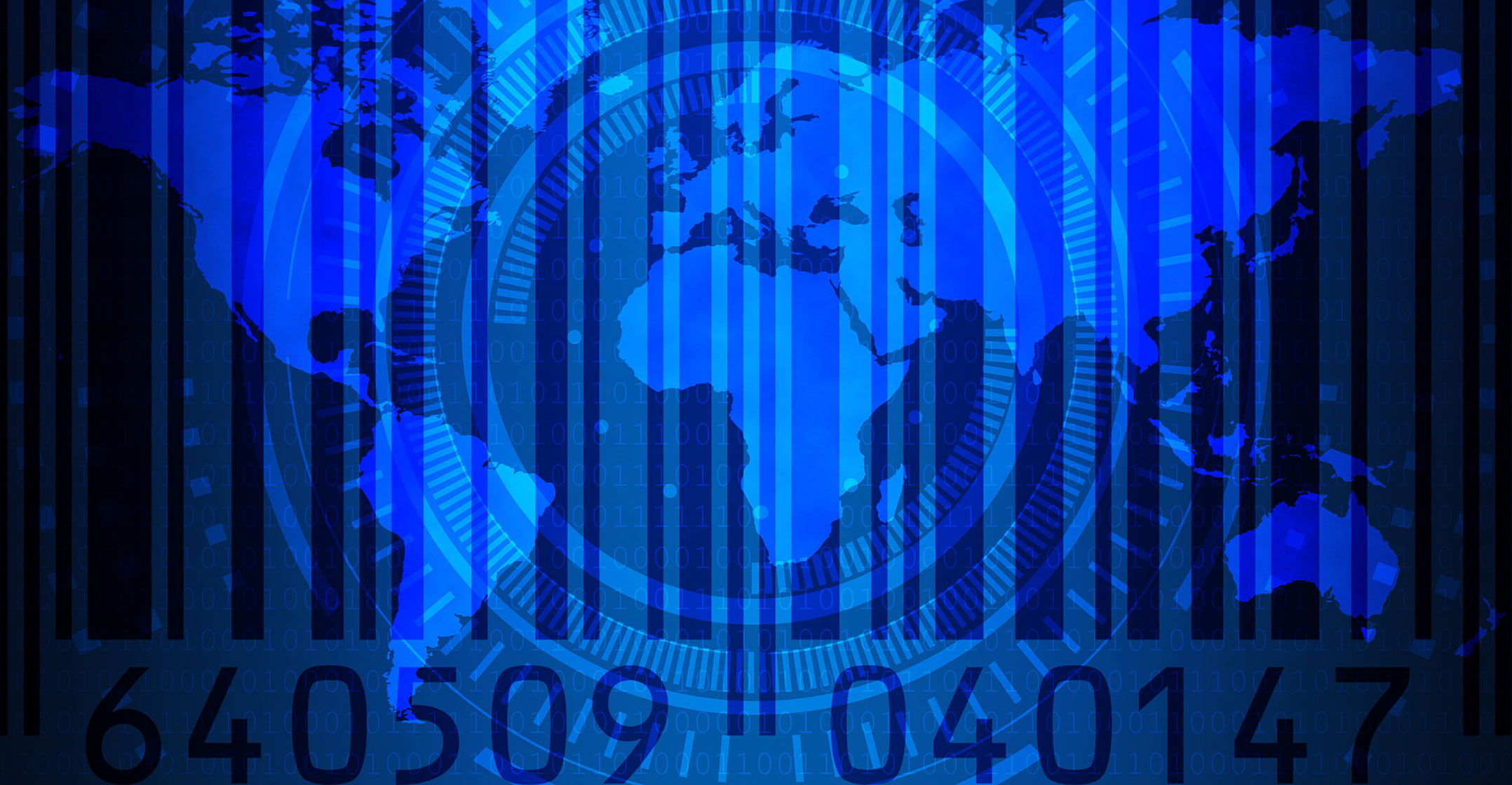 Barcoding systems have proven to be highly advantageous for the efficient running of any business regardless of size. It would not be easy to find a business that stocks products of some kind that would not reap the benefits of a barcode scanning system in some way (or in about 100 different ways if we’re being totally honest). Managing your inventory effectively is a necessary and vital aspect for many businesses. While it might be possible to administer inventory control with a pen and paper or with spreadsheets of some kind, using barcodes is a far more effective way of doing things in the long run.
Barcoding systems have proven to be highly advantageous for the efficient running of any business regardless of size. It would not be easy to find a business that stocks products of some kind that would not reap the benefits of a barcode scanning system in some way (or in about 100 different ways if we’re being totally honest). Managing your inventory effectively is a necessary and vital aspect for many businesses. While it might be possible to administer inventory control with a pen and paper or with spreadsheets of some kind, using barcodes is a far more effective way of doing things in the long run.
If you are a small business that has not yet implemented your own barcode scanning system, it is time to take the bull by the horns and take control of your inventory! And I am going to tell you exactly how to do that.
You can implement a barcode scanning system with just three simple steps that will make the world of difference to your business. These are: creating your barcodes, actually barcoding your inventory and getting yourself a scanner, and finally, finding and implementing the software that acts as the glue for all these things and makes the system work. Let’s take a closer look at each of these steps individually.
Step 1: Create your barcodes
Barcodes in their most rudimentary form are really just pictures with numbers and corresponding letters that can be read by a barcode scanner. This data is then automatically communicated to a computer system and translated into product information. So, this means the first thing you will need to do before you generate your barcodes is to create a spreadsheet so that you can connect your unique barcodes to your specific products.
Remember, when barcoding your products, you need to have one barcode for every product and variation of that product that you have. In terms of creating your own barcodes, you have two options. The first is to create your own barcodes yourself using a barcode font or a free option on the Internet. However, this could be quite time consuming, so I would suggest going with the second option — using a reputable barcoding company to make your barcodes for you. Not only will this be far less of a hassle for you, it will also mean you can use your barcodes at other retail stores and not just sell them at your own store — which is great if you are a small business wanting to expand!
I have done some research and found that we have some great local companies that sell authentic barcodes, like Buy Barcodes, SA Barcodes and Barcode Solutions and all come highly recommended.
Step 2: Barcode your inventory and getting yourself a scanner
Since you have generated all the barcodes you need for all the products you have, and you’ve created the spreadsheet that has all your products and information about those products with the corresponding barcodes, you are officially a step closer to having a fully functioning barcode scanning system. Now comes the time to label your products. This step is the most labour-intensive part of the whole process and could take hours upon hours (if not days) if you do it yourself. While it is possible to print your individual barcodes yourself, it is much easier to get them printed by the company you purchased your barcodes from as suggested earlier. If you follow this advice, all you will have to do is stick your individual barcodes on your products and you are ready to go.
Then you need a barcode scanner that can read these barcodes, which are not hard to find and can be bought online for relatively cheap. Once all this is done, give yourself a little round of applause because you are now almost ready to go.
Step 3: Implementing the software
Lastly, you will need to install some sort of inventory software into your computer system that can make sense of the other two steps. Why, you say? Well, this is because one of the common mistakes made in understanding barcodes is that they themselves contain all the information about the products in them. This is not true. All they do is tell the computer system where to find all this information — kind of like a product identity card. And that is exactly why you need the software that takes the barcode and produces all the information. Once this is done, you’re good to go.
You will see the benefits of barcodes in South Africa for your business almost immediately. There is no doubt that your business will begin to thrive and that you will be given so much extra time to focus on improving other areas of your business (or maybe even having some time for yourself).
- This promoted content was paid for by the party concerned




